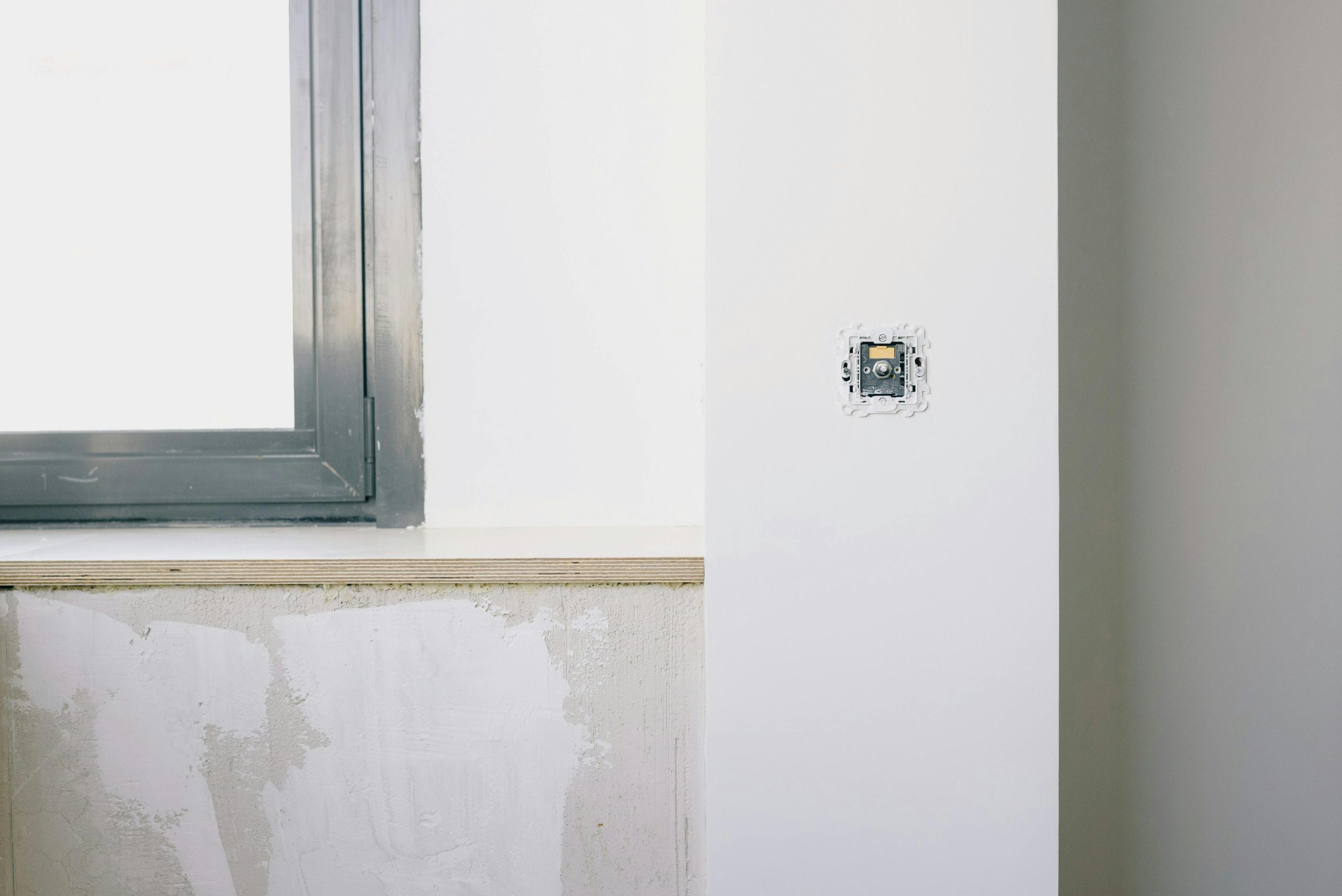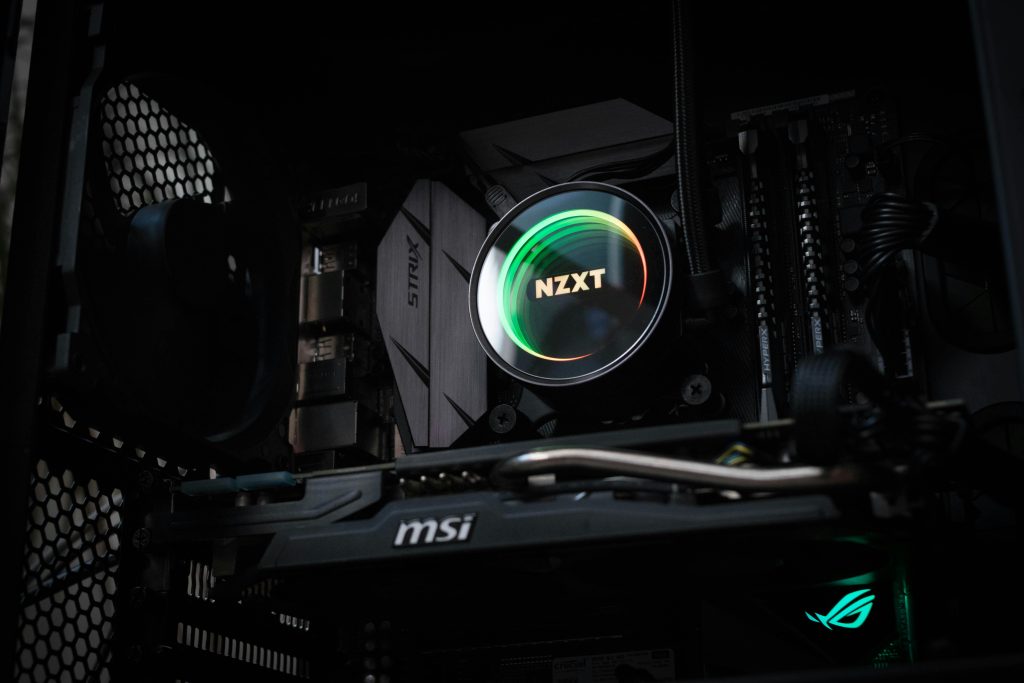Resolving Windows Installation and Driver Issues: A Step-by-Step Guide
Understanding Common Post-Installation Challenges
Experiencing persistent problems following a Windows reinstallation can be frustrating. Users often encounter issues such as failed driver installations, system instability, frequent bluescreens, and application crashes. These problems may stem from hardware incompatibilities, corrupted files, or faulty components. This article offers a comprehensive troubleshooting approach to diagnose and resolve such issues effectively.
Scenario Overview
Consider a recent case where an individual faced repeated crashes in web browsers like Opera GX and Firefox, along with multiple bluescreens over several days. Initial attempts to address the problems included software troubleshooting—removing extensions, clearing caches, reinstalling browsers—and running Windows diagnostic tools, which identified and repaired some corrupted system files. Despite these efforts, issues persisted.
The user then chose to reset Windows to its factory state, which failed repeatedly during installation, eventually leading to hardware replacement—specifically, installing a new SSD. Post-reinstallation, the user encountered additional hurdles: failure to install graphics drivers, browser crashes, and bluescreens occurring approximately every five minutes. They had already tried reseating RAM and graphics cards, swapping RAM sticks, replacing the SSD, and running Windows repair tools, but the problems continued.
Key Troubleshooting Steps and Solutions
-
Diagnose Hardware Components
-
Graphics Card and Drivers: Since driver installation failed and system stability suffered, the GPU (e.g., GeForce RTX 3080) might have hardware issues or be incompatible with existing system settings. Start by testing the GPU in another system if possible or using integrated graphics (if available) to determine if the hardware is functioning correctly.
-
Memory (RAM): Reseating and swapping RAM modules help identify faulty DIMMs. Run Windows Memory Diagnostic or MemTest86 for thorough testing.
-
Storage Devices: Replacing the SSD was a good step. Ensure the new drive is functioning correctly with tools like CrystalDiskInfo and perform clean OS installation afterward.
-
Check for BIOS and Firmware Compatibility
-
Update your motherboard’s BIOS to the latest version. Outdated BIOS can cause compatibility issues with newer hardware components such as the CPU or GPU.
-
Reset BIOS settings to default to eliminate misconfigurations affecting hardware detection.
-
Secure a Clean Windows Installation
-
Use a reputable tool such as the Media Creation Tool to create a bootable Windows
Share this content:



